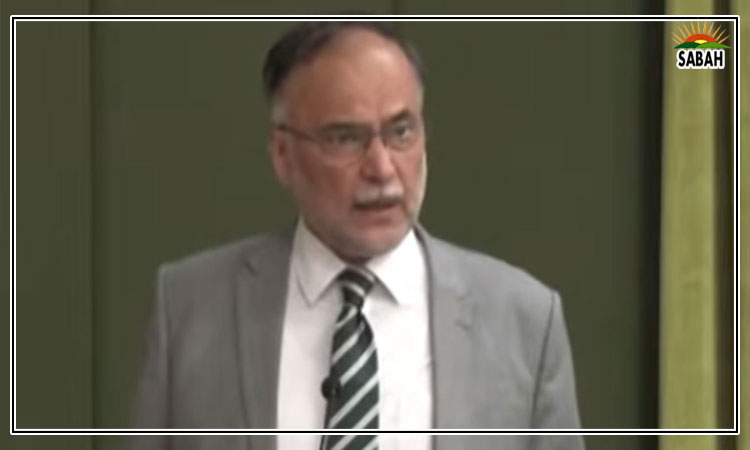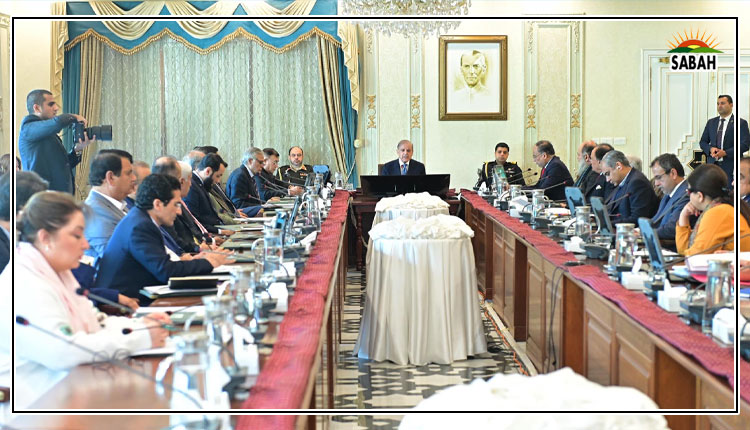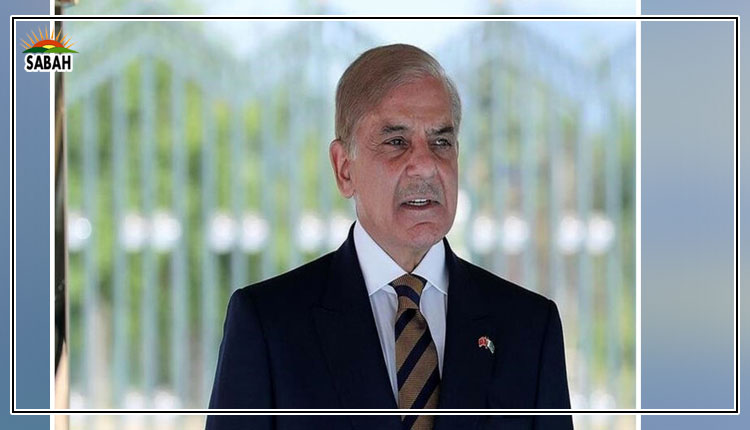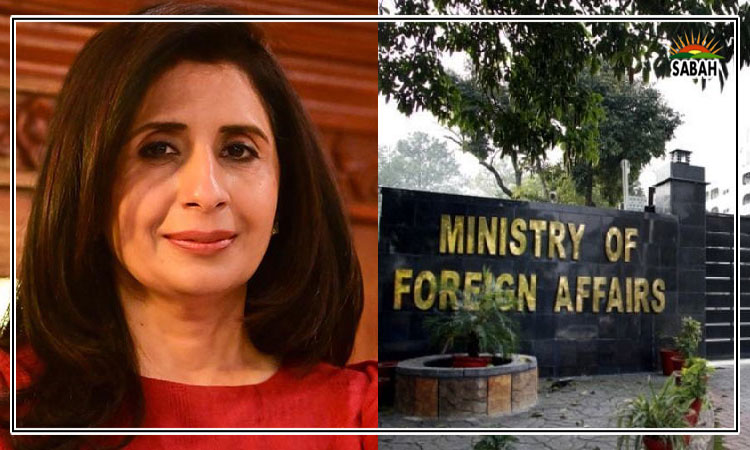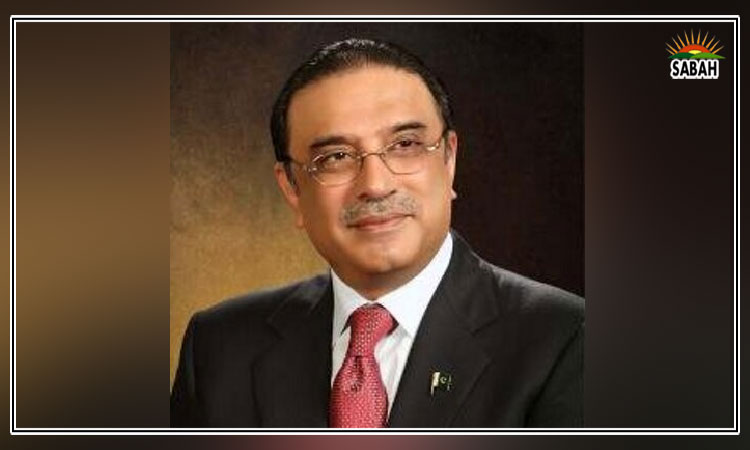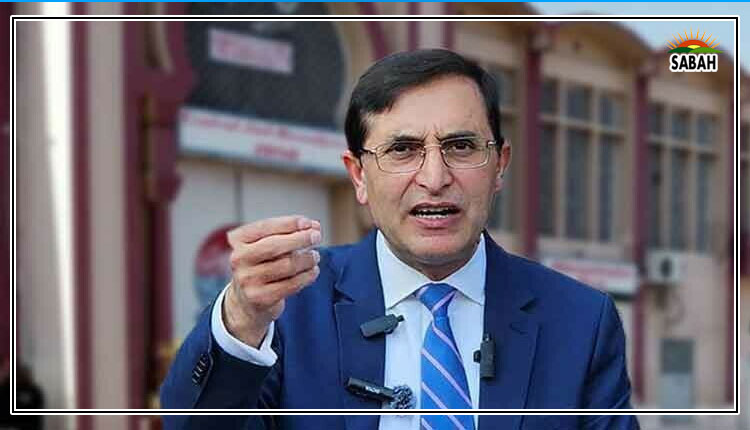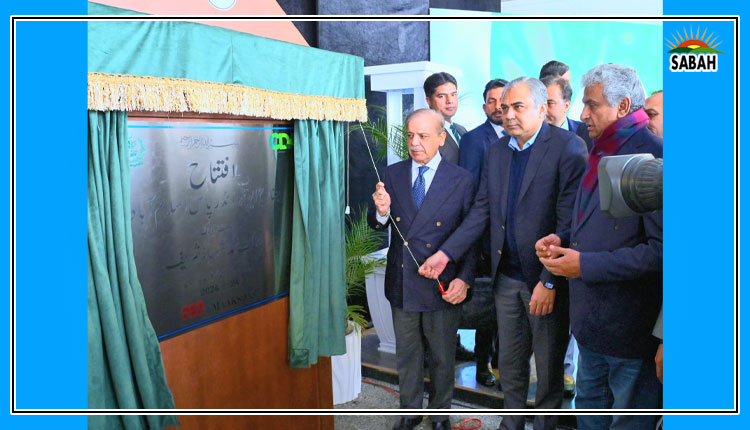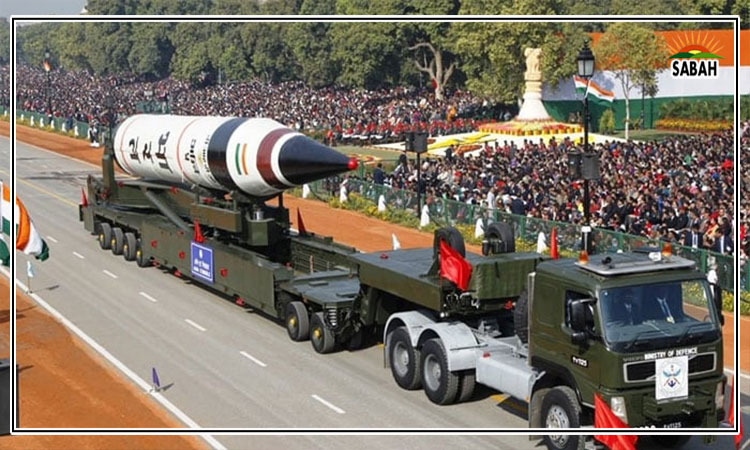The atomic club ۔۔۔۔ Yasir Hussain
After the US nuclear bombing of Hiroshima and Nagasaki, preventing the proliferation of weapons of mass destruction (WMDs) became an important challenge for the international community.
While the world’s major powers signed the Nuclear Non-Proliferation Treaty (NPT) – a landmark agreement that is the centrepiece of global non-proliferation efforts – the first major blow to the treaty came from South Asia when India conducted its first nuclear test on May 18, 1974.
Codenamed ‘Operation Smiling Buddha’, India interestingly called it a peaceful nuclear explosion. With this test India virtually led South Asia towards a nuclear arms race, which continues to remain a dominant feature of India-Pakistan relations.
India’s so-called ‘peaceful nuclear explosion’ represented the first documented case of nuclear proliferation following the signing of the NPT. However, the overt nuclearization of South Asia began when India, yet again, conducted a series of nuclear tests on May 11 and 13, 1998. Within two weeks of these nuclear tests, Pakistan followed suit by demonstrating its own nuclear capability on May 18, 1998.
Since then, the relationship between the two nuclear rivals has been shaped by the ever-present danger of a military conflict escalating to a nuclear war. Today, both countries are poles apart in their respective approaches to arms control measures.
A critical question that needs to be examined is: how did the international community fail to curb India’s nuclear ambitions over a span of 24 years (from 1974 to 1998)? It is equally worth questioning why the P5 states couldn’t persuade India to accept important proposals put forward by Pakistan, including the establishment of a nuclear weapon-free zone in South Asia.
Despite the international community’s unanimity of thought on issues related to nuclear proliferation, India not only continued its nuclear weapons programme but also overtly demonstrated its capability in later years. India’s aggressive pursuit of its nuclear capability leads us to one conclusion: the international community, throughout history, has largely turned a blind eye towards India’s nuclear developments.
It is noteworthy that the nuclear suppliers group (NSG) – a group of 48 countries that contribute to the non-proliferation of nuclear weapons through the implementation of specific guidelines for nuclear exports – was created in response to the Indian nuclear test of 1974. Its primary purpose was to keep countries like India out of global nuclear exports.
However, the creation of the NSG alone was insufficient to deter India from advancing its nuclear capabilities. In fact, the global nuclear powers, particularly the US, failed to implement stringent measures against India’s nuclear weapons programme.
Pakistan was indeed a reluctant entrant to the nuclear club. The country offered several proposals, including a proposal for a South Asian nuclear weapons-free zone (NWFZ) to the UN General Assembly in November 1974. Besides this, in 1979 Pakistan offered the proposed renunciation of the acquisition or manufacture of nuclear weapons by both countries, as well as comprehensive mutual inspection of each other’s nuclear facilities and the mutual acceptance of the International Atomic Energy Agency’s (IAEA) ‘full-scope safeguards’.
One of the most important proposals from Pakistan was its simultaneous accession to the NPT in 1979. India did not accede to any of these measures. While India’s blatant refusal depicted its arrogant attitude, the international community’s lack of acknowledgement towards Pakistan’s proposals was another area of concern. In fact, the indifferent attitude of the global ‘nuclear haves’ towards Pakistan’s security concerns and its proposals actually helped India carry on with its nuclear weapons developments.
Interestingly, when Pakistan launched its nuclear programme, Indian parliamentarian Somnath Chatterjee condemned India’s tests and criticized then Indian prime minister Atal Bihari Vajpayee for starting a nuclear arms race in this region. It appears that even sane voices in India were aware that their country’s constant refusal to accept Pakistan’s proposals would lead the region towards a nuclear arms race. When the international community blamed India for setting off a nuclear spiral in the region, Vajpayee yet again rejected.
After 26 years of overt nuclear weapon tests, there exist fragile and, to some extent, insufficient nuclear confidence-building measures (CBMs) between the adversarial neighbours. Both rivals have repeatedly failed to develop and upgrade existing CBMs to meet any future challenge. The burden of this failure heavily falls on India’s shoulders.
With time, South Asia’s strategic stability has become more uncertain and fragile. For instance, on March 9, 2022, India, as per its official stance, inadvertently launched its nuclear-capable BrahMos supersonic cruise missile into Pakistan. However, given India’s aggressive posturing under PM Modi, it appears that it was most likely a deliberate targeting of Pakistan during peacetime to gauge the latter’s military preparedness.
In the absence of a reliable communication channel for crisis management, such an incident could lead the entire region towards a nuclear catastrophe. During the BrahMos missile incident, Pakistan demonstrated commendable restraint and responsibility. Despite the potential for heightened tensions following the launch of the missile by India, Pakistan chose to approach the situation with measured calmness.
While the missile incident should be a wakeup call for India’s command and control structure, it is equally important for both countries to have an open discussion on how to maintain strategic stability in South Asia. For that, India needs to revisit its neighbourhood policy. Both rivals, therefore, must engage in meaningful dialogue to prevent escalation during crises and improve mutual understanding about regional sensitivities.
The writer is an associate research director at the Centre for
International Strategic Studies (CISS), Islamabad. He can be reached at: yasirhunzai1@gmail.com
Courtesy The News



